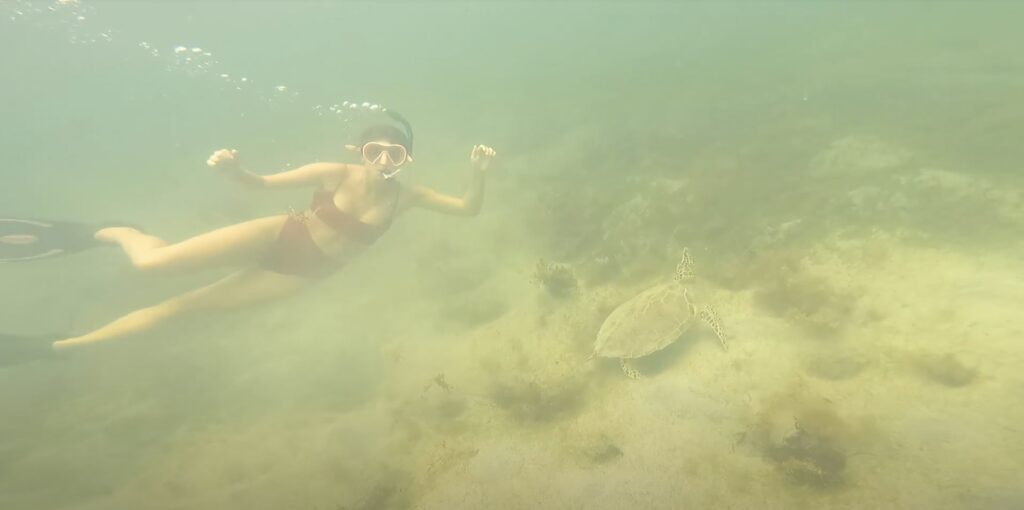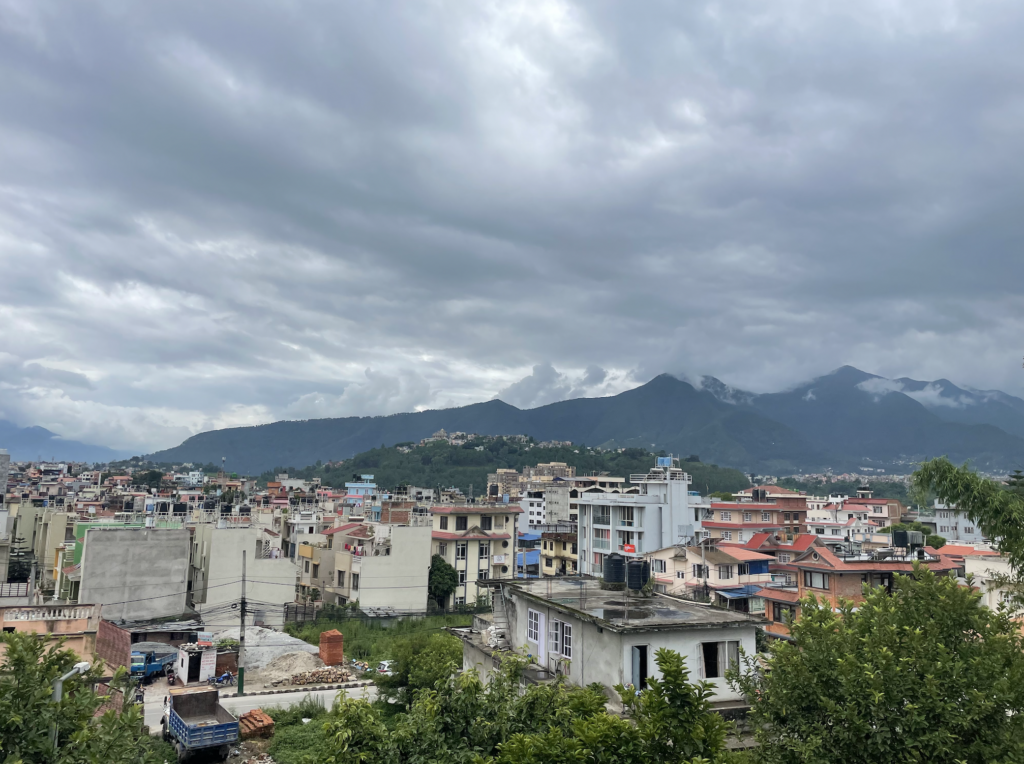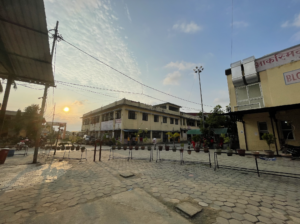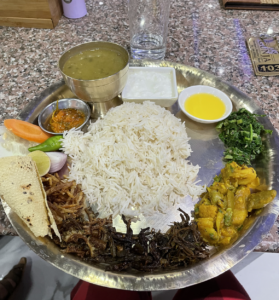
Two days after I returned from Ghana, the Ghana Standards Authority (GSA) finally sent me the selenium concentrations of selected Ghana foods run by spectrometry and I could now begin my data analysis. Interestingly, I thereafter became the cause of my own delay—in my attempt to calculate the total selenium intake of the population of pregnant women my research team surveyed, I unknowingly went about a long path to analyze the data. As I see it, it was part of the learning process. Furthermore, the purpose of my practicum research was to carry out a feasibility study to make recommendations for a pilot study to be carried out in the future. This structure freed my mind to accept every part of the process as not a success or failure, but instead a lesson for improvement.
Seeing all of the moving parts of my project come together left me desiring to continue this work into the career path that I choose as a physician. Studying the relationship between micronutrients and pregnancy is a path where there is a lot of room to grow and discover. Policy changes and clinical counseling recommendations can come from this kind of research. Potentially, I can turn this foundational work into a career-long pursuit that helps to improve the lives of women not only in Ghana but also around the globe.
I am grateful to each mentor, preceptor and advisor who helped me complete this project. I could not have done it without their support. I look forward to seeing what my future holds in this field!
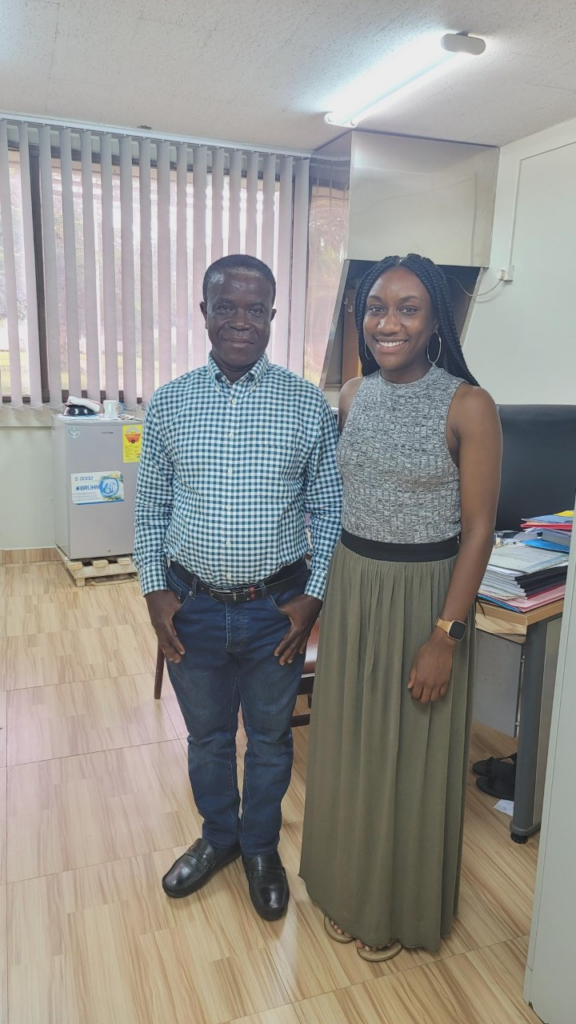
-Amy A.

